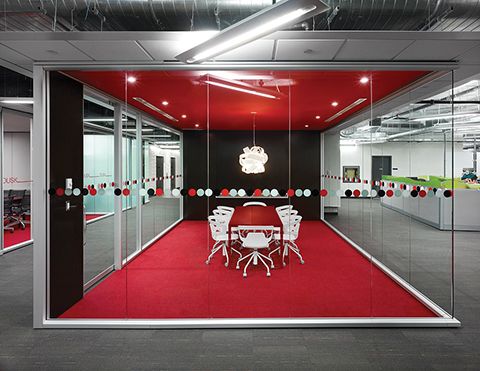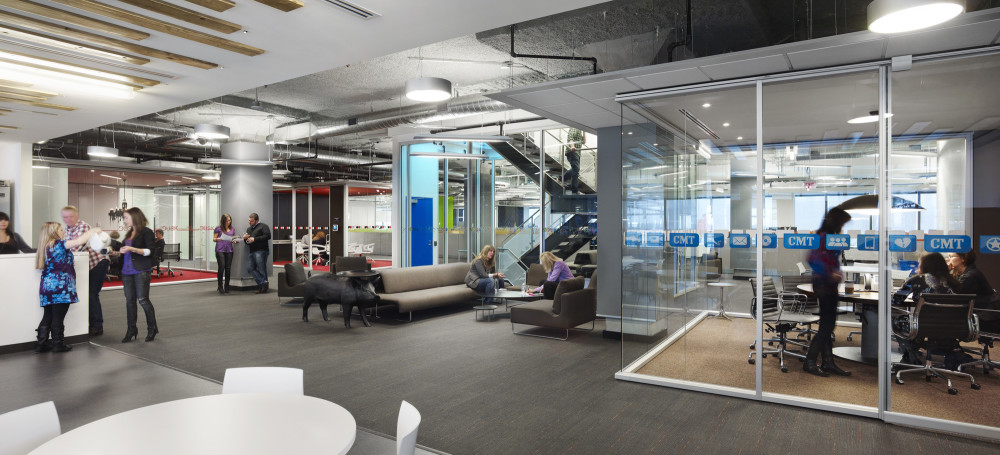
By Steve Titus
The rise of the cubicle in the 1960s and ’70s began from a desire for private workspaces. They became so popular that offices used to look like cubicle farms, until these row-upon-row ‘bullpens’ began to draw criticism for their appearance and their limitations on peer interaction and collaboration. Over time, the walls came down and cubicles were abandoned to make workplaces more open and friendly.
There are numerous factors driving this change, including minimizing costs, and maximizing use of space. However, many workplaces are switching to open-office design because it fosters and facilitates cooperation and collaboration among employees. While open-concept offices may look inviting, they can be noisy. Phone conversations, keyboard strokes, and meetings may not be loud individually, but when many employees are collectively combined in one space, it can be disruptive. Complaints about open spaces being too loud to concentrate should be a concern to employers and designers.
Privacy can also be a challenge in open-office environments. Some conversations—such as HR decisions, client, or supplier issues—should not be overheard, and there are times when employees or executives need to have a quiet space to make sensitive calls. An open-office design should not come at the expense of privacy.
Noise control can increase productivity
If employee productivity is significantly decreased due to noise in an open-concept design, there could be an impact on profitability. Indeed, according to the survey, “Perceived Acoustic Environment, Work Performance, and Well-being” by doctors Valtteri Hongisto and Annu Haapakangas at the 9th Congress of the International Commission on the Biological Effects of Noise (ICBEN), employees waste 21.5 minutes per day due to conversational distractions. This may seem harmless, but it accumulates to almost two hours every week. Further 2007 data from Basex Research found U.S. businesses waste $588 billion per year because of interruptions.
Some critics say open offices have a negative effect on productivity because they are too loud and can cause visual distractions. However, companies like Google have achieved a balance between open and closed spaces to ensure fun and collaborative spaces, but also secluded areas for work that requires concentration.
A successful open office combines architectural and acoustical design. These kinds of offices have primary open working areas and include small break rooms, meeting rooms, collaboration spaces, and informal gathering spaces designed to maximize noise reduction in key areas. Acoustic noise control needs to be considered from the beginning of the design to help reduce later distractions.
Open-office acoustics can be problematic because there are various sound paths to consider. Sound can travel through walls, around walls, above ceilings, and below floors. There are three key ways to promote noise control in an open space:
- the source;
- as it travels along the path; and
- at the receiving end.





